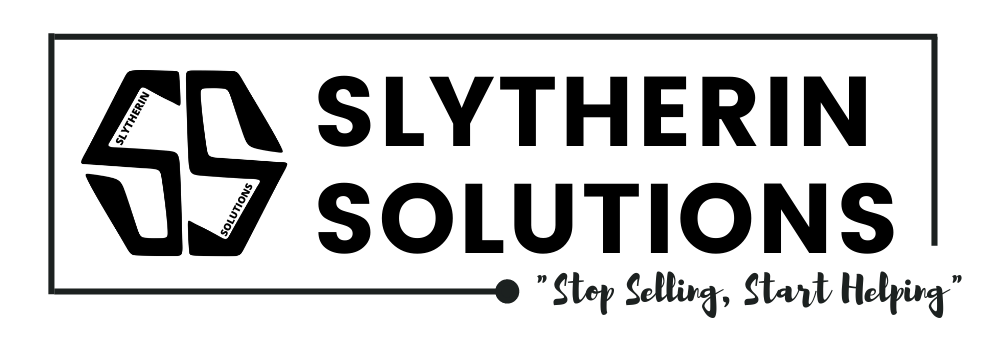
Running effective Facebook ad campaigns requires a well-thought-out strategy and the use of various techniques to maximize your campaign’s impact. Here are some proven techniques for running successful Facebook ad campaigns:
Define Clear Objectives:
- Start by setting specific goals for your Facebook ad campaign, whether it’s increasing website traffic, generating leads, driving sales, or raising brand awareness. Clear objectives help shape your campaign strategy.
Audience Targeting:
- Utilize Facebook’s robust targeting options to reach the right audience. Define your target demographic, interests, behaviors, location, and other relevant criteria.
- Consider using Custom Audiences to retarget website visitors or existing customers, and Lookalike Audiences to reach users similar to your existing customer base.
Compelling Ad Creative:
- Design eye-catching ad creatives that align with your campaign objectives and resonate with your target audience.
- Use high-quality visuals, concise and persuasive copy, and a strong call to action (CTA).
- Test different ad formats, such as carousel ads, video ads, or slideshow ads, to see what performs best for your goals.
A/B Testing:
- Run A/B tests (split tests) to experiment with different ad elements like headlines, images, ad copy, and CTAs. This helps identify what resonates most with your audience and improves ad performance over time.
Ad Placement:
- Choose the right ad placements based on your objectives. Facebook offers options like the Facebook News Feed, Instagram, Audience Network, and Messenger.
- Optimize ad placements for mobile devices, as a significant portion of Facebook users access the platform on their mobile phones.
Ad Scheduling:
- Schedule your ads to run at times when your target audience is most active. Facebook allows you to set specific ad delivery times based on user behavior.
Budget and Bidding Strategy:
- Set a realistic budget that aligns with your campaign objectives and expected results.
- Experiment with different bidding strategies, such as cost per click (CPC), cost per mille (CPM), or cost per conversion (CPA), to find the most cost-effective approach.
Ad Frequency and Ad Fatigue:
- Monitor ad frequency to avoid showing the same ad to users too frequently. High ad frequency can lead to ad fatigue and reduced performance.
- Rotate ad creatives and refresh ad content to keep your audience engaged.
Landing Pages:
- Ensure that your landing pages are optimized for conversions. They should match the ad’s message, load quickly, and have clear calls to action.
- Implement tracking pixels to measure conversions and optimize your campaigns further.
Remarketing and Dynamic Ads: –
Implement dynamic ads and remarketing campaigns to re-engage users who have interacted with your website or app. These ads can display personalized product recommendations or reminders.
Ad Analytics and Optimization: –
Regularly monitor your ad performance using Facebook Ads Manager. Analyze key metrics like click-through rate (CTR), conversion rate, return on ad spend (ROAS), and cost per acquisition (CPA). – Use the data to make informed decisions and optimize your ad campaigns. Adjust targeting, creative elements, and budgets based on what’s working best.
Ad Compliance: –
Adhere to Facebook’s advertising guidelines and policies to ensure your ads are not rejected or penalized. Familiarize yourself with the platform’s rules to avoid compliance issues.
Split Testing: –
Conduct split tests on different ad elements, such as headlines, images, and audiences, to determine which combinations yield the best results.
Ad Copywriting: –
Craft compelling ad copy that addresses the pain points or desires of your target audience. Use language that resonates with your audience and highlights the benefits of your product or service.
By implementing these techniques and continuously optimizing your Facebook ad campaigns based on performance data, you can improve your chances of achieving your campaign objectives and maximizing your return on investment (ROI).

